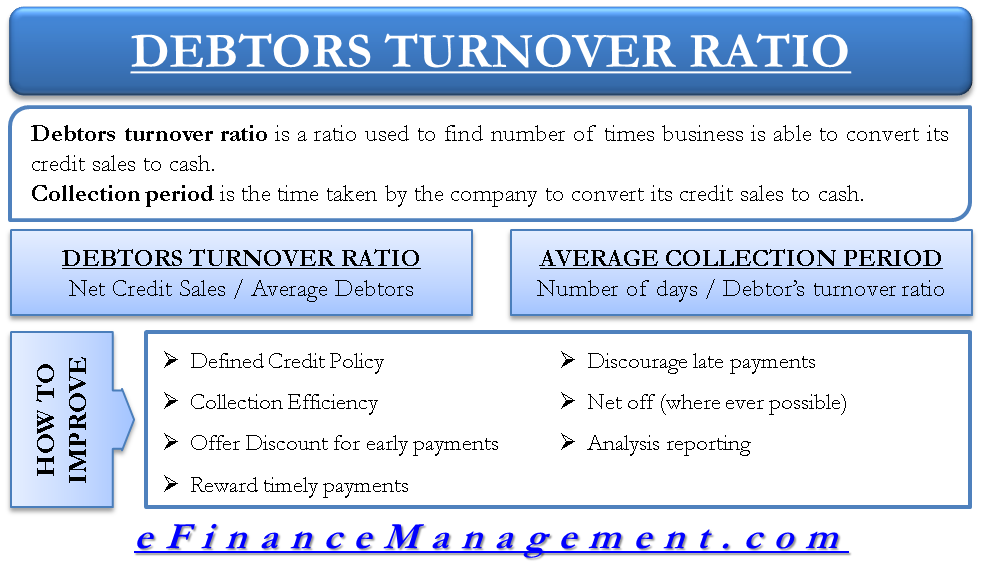

Companies are relatively fast in converting inventory into sales. Inventory turnover ratio = Cost of goods sold / Average inventoryĪ higher ratio is preferable because it indicates relatively effective inventory management.The mathematical formula for the inventory turnover ratio is as follows: To calculate it, add up this year’s inventory figure with the previous year’s inventory. We use the average inventory for the last two years to avoid misinterpretation due to significant changes due to sharp fluctuations in the numbers. You can find both accounts on the income statement and balance sheet. The calculation requires us to divide the cost of goods sold by the average inventory. The inventory turnover ratio gauges a company’s ability to convert inventory into sales within an accounting period, usually one year.
#Receivable turnover ratio formula manual#
In specific cases, such as working capital and purchases, we need manual calculations because the data we need is not presented in both sections. We compare the accounts on the income statement with the accounts on the balance sheet.

Their calculations are relatively easy because they only require simple arithmetic operations. We can use several efficiency ratios to measure the company’s asset management related to its ability to generate revenue and fulfill obligations in working capital. What are the types of efficiency ratios? And, what are their formulas and interpretations? In addition, it also measures how well the company manages its obligations related to working capital. It gives us insight into how efficient and effective a company is in managing its assets and carrying out day-to-day operations, such as collecting accounts receivable, managing inventory, and managing accounts payable. It is an important metric to measure a company’s performance, in addition to profitability, liquidity, and solvency ratios. How well is the company using its assets to generate revenue? The company utilizes them to run its operations and generate revenue. They can be short-term, like marketable securities and inventories, and long-term, like property, plant, and equipment (PP&E).

Assets represent the economic resources belonging to the company.


 0 kommentar(er)
0 kommentar(er)
